Addressing the Risk of Climate-induced Disasters through Enhanced National and Local Capacity for Effective Actions
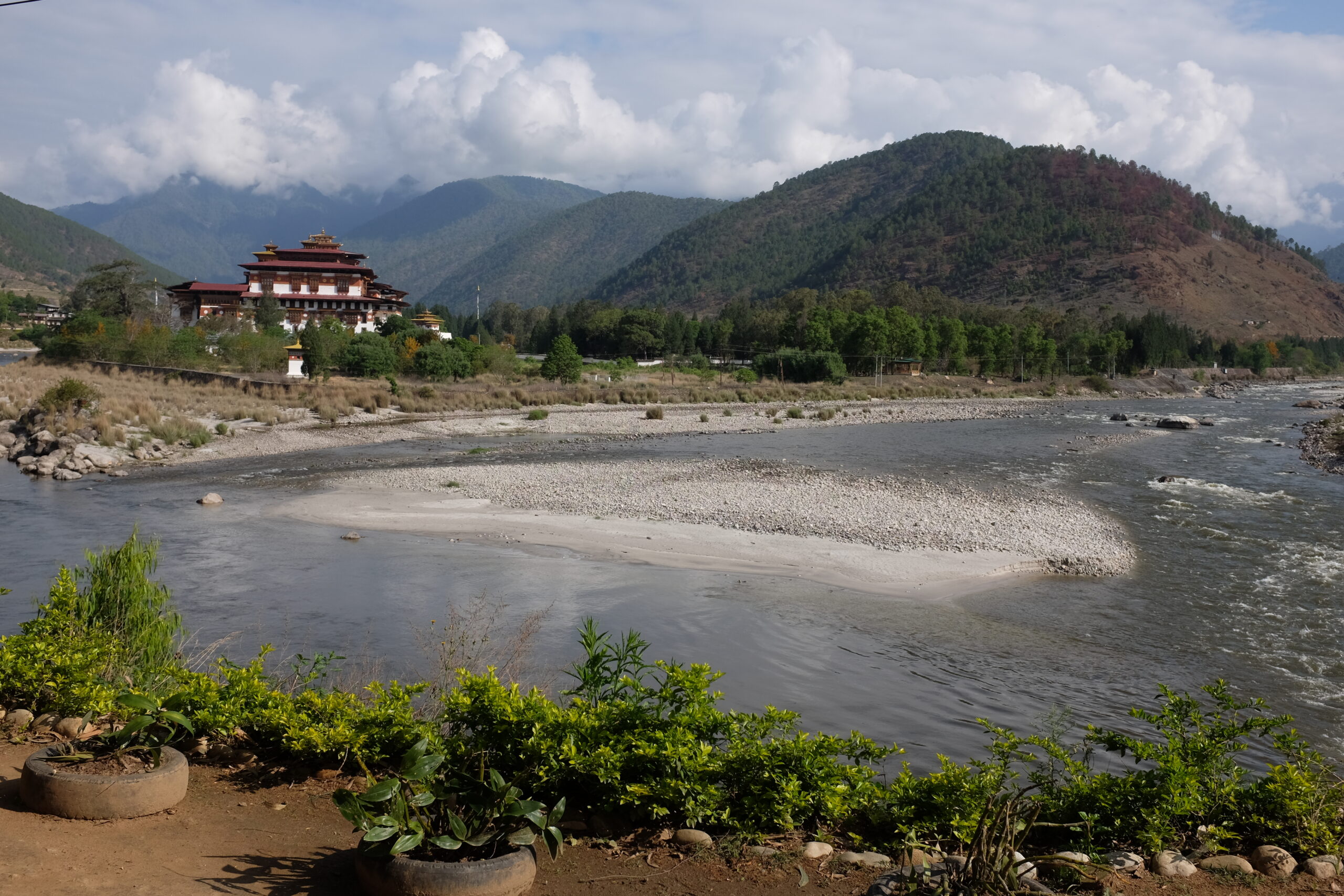
Summary
Implemented in Bhutan, the main objective of this project, also known as NAPA II, was to enhance national, local and community capacities to prepare for and respond to multiple climate-induced hazards in order to reduce the potential loss of human life, national economic infrastructure, livelihoods and livelihood assets.
Situated in the southern part of the eastern Himalayas, with a rugged mountainous landscape, Bhutan is characterized as one of the most disaster-prone countries in the Asia-Pacific region and is prone to multiple natural hazards including flash floods, windstorms, landslides, earthquakes, wildfires, and glacial lake outburst floods (GLOFs). Although these risks may be independent of the presence of climate change, recent studies estimate that this global phenomenon is likely to increase the intensity and frequency of such disaster events, putting the population and relevant infrastructure at risk, and affecting key economic sectors on which the country’s economy depends. Such is the case of the agricultural sector, which employs 69% of the country’s population and provides 78% of the income in rural areas, but which is highly dependent on the conditions and stability of the natural environment.
Through multiple activities carried out at the different administrative levels within the entire country, this project sought to address Bhutan’s barriers to adaptation for strengthening climate resilience, and safeguard the country’s key economic development infrastructure impacted by climate induced changes. It focused on the achievement of three main outcomes:
- Risk from climate-induced floods and landslides reduced in Bhutan’s economic and industrial center Phuentsholing and Pasakha Industrial Area.
- Community resilience to climate-induced disaster risks (droughts, floods, landslides, windstorms, forest fires) strengthened in at least four dzongkhags (districts).
- Relevant information about climate-related risks and threats shared across development sectors for planning and preparedness on a timely and reliable basis.
Overview
- Location:
- Implementation sites:
- Single country
- Multiple locations
- Mountain region:
- Himalayas
- Solution scale:
- Ecosystem type(s):
- Solution type(s):
- Sector(s):
- Climate impact(s) addressed:
- Impact time-scales:
- Co-benefits:
- Economic benefits (e.g. job creation, tourism)
- Environmental benefits (e.g. biodiversity preservation, water security, food security)
- Political benefits (e.g. reduced displacement/migration)
- Social benefits (e.g. poverty reduction, inclusiveness and equity, health and well-being)
- Technical benefits (e.g. innovative use of geographic information systems)
- Implementation timeline:
- 2014 - 2019
Solution details
Main beneficiaries & outcomes
Given the scope of the measures implemented, the benefits of this project reached a large number of people across the country in different ways and at different scales. For example, Bhutan’s 20 districts benefited from the new availability of real-time localized water data, the establishment of the National Flood Warning and Weather Centre (NFWWC), and the drafting of the National Climate Change policy, while individual districts and villages benefited from the development of water resource inventories, the establishment of local-level disaster management committees, and the adoption of climate-resilient water harvesting approaches, among other activities.
Most of the assets were widely available, however, several of the measures implemented mainly benefited some of the country’s most vulnerable population groups, such as women, youth and highly impoverished communities. This was the case for the measures under Outcome 2, whose target areas included two of the poorest districts in Bhutan (Mongar and Samtse).
Planning and implementation
The planning process for this ambitious project began in 2012 with the submission of the proposal to the Global Environment Facility (GEF) and the subsequent preparation of a grant and a project concept. Its implementation was finally approved in March 2014 and had a four-year duration.
The United Nations Development Programme (UNDP) acted as the implementing agency, while the National Environment Commission Secretariat (NECS) was responsible for the project’s execution. To facilitate the coordination of the implementing partners, which included the Ministry of Economic Affairs, Ministry of Works and Human Settlement, Ministry of Home and Cultural Affairs, Ministry of Agriculture and Forestry, Phuentsholing Tromde, Mongar Municipality, and Tarayana Foundation, NECS led the Project Management Unit (PMU) which ensured the timely and on-budget implementation of the project. In addition, the PMU was also responsible for the preparation of annual work plans and project monitoring and reporting.
A project inception workshop was organized prior to the start of implementation activities with the objective of involving, engaging and preparing the entire project team and implementing partners.
Finance
The total planned budget for the project was estimated at US$67,612,429.
Of this amount, about 92.5% was provided by co-financing from local and international partners, including ADB, Finnish Meteorological Institute, Government of India, Government of Norway, Helvetas, ICIMOD, Swiss Red Cross, Tarayana Foundation, and the World Bank. The remaining cost was covered by the United Nations Development Program (UNDP).
Innovation
As part of the solutions implemented during the project, several innovative technical approaches were explored under Outcome 2 regarding Climate-Resilient Water Harvesting, storage and distribution systems, which proved very unique and effective for the areas and conditions in which they were applied. Examples include the provision of syntax water tanks for households above and beside sources where drawing pipelines to the home is not feasible, gravitational supply system in upper locations, installation of rain water systems for households, planting of trees and fencing around water sources, and others. Likewise, awareness programs were provided to villagers focusing on the relevance of tree conservation around water sources, and the planting of less water demanding trees and crops.
Performance evaluation
To ensure the success of the solutions, monitor the overall progress of the project, and to identify possible corrections, a mid-term evaluation was conducted by an independent agency two years after the start of project implementation activities. This analysis focused on the effectiveness, efficiency, and timeliness of the project, highlighted the issues requiring decisions and actions, and presented early lessons on project design, implementation, and management.
In addition, an independent terminal evaluation was conducted after the closure of project activities from August 06-22, 2018 by an international consultant from the International Centre for ASEANA Management (ICAM) with the support of a national counterpart. The evaluation consisted of field visits, interviews with key informants, focus groups, and desk reviews, having a primary focus on evaluating the delivery of project results according to the original plan. It examined the impact and sustainability of the results, including their contribution to capacity building and the achievement of global environmental benefits and objectives.
Long term project sustainability and maintenance
Despite the need for a clearer maintenance plan for the implemented infrastructures and equipment, it was considered during the terminal evaluation that this project is most likely to be sustainable from the financial resources, socio-economic, and institutional framework, and governance perspectives in the long term. In this case, sustainability is highly dependent on the provision of continuous funding, public awareness, and cooperation regarding the relevance of the solutions, the enforcement of necessary laws, and sustained capacity building at the different governance levels. This project has laid the foundations for such a purpose, yet, continuous work is equally needed. By the closing of the project, 30 water-user groups had been formed along with a group saving scheme for the maintenance of water resources.
From the environmental perspective, the sustainability of the project is likely to be effective in the long term thanks to the support of the diverse outputs and outcomes towards environmental protection.
Capacities for design and implementation
Knowledge
The existence of available knowledge derived from other previous projects of direct relevance was an important advantage and aid for the planning and implementation of this project. This included information on 9 different projects addressing the topics of Glacial Lake Outburst Floods (GLOF) risks, disaster risk management capacity building, sustainable local development, water resources, etc. While at the same time, and given that limited knowledge and information on disasters appears as one of the main problems in Bhutan, this project also aimed to strengthen knowledge capacities necessary for the successful development of contingency plans, development strategies, and future adaptation and mitigation solutions. It generated several community-level water resources inventories and databases started the continuous collection of weather data and shared relevant information on climate-related risks and hazards from 6 sites across the southern regions with the National Centre for Hydrology and Metrology. Furthermore, training on the use of climate data and information was also provided to numerous staff members from key data user agencies. Another training was also provided to technicians, engineers, and students.
Finally, knowledge on flood and landslide risks was equally extended to the local population, with special emphasis on the participation of women.
Technology
The existing technological capacities and related experience of the implementers and other participating stakeholders were very relevant for the implementation of several of the project’s solutions. This was the case for the low-cost water harvesting and water filtration technologies that were introduced in numerous villages and that were to be also coupled with training activities for their subsequent use by the local population in those rural areas.
For the selection of appropriate technology for landslide monitoring under Component 3, technical assistance was provided by the Department of Geology and Mines (DGM).
Political / Legal
The project was aligned with a number of important national and district policies and strategies in the areas of disaster management, environmental action, and sustainable development which not only guided the implementation of activities but also helped secure the political context for the project to be endorsed by stakeholders and governments. Such documents include the National Forest Policy, National Environmental Strategy, Bhutan Vision 2020, Disaster Management Act of Bhutan 2013, Bhutan National Adaptation Programme of Action (NAPA) 2006, and the Intended Nationally Determined Contributions project. Following this approach proved to be of great advantage as it also ensured the political context of the project to be endorsed by stakeholders and governments.
Institutional
Institutional capacities proved to be one of the most successful and effective strengths for project implementation. For the duration of the project, the UNDP (through the regional technical advisor based at the Asia-Pacific Center in Bangkok) provided support for administration, financial reporting, procurement, and technical matters. Moreover, various management arrangements were also put in place to facilitate the coordination among partners. Some important groups were:
Project Board (PB): chaired by the Government Secretary of the National Environment Commission (NEC) and integrated with high-level representatives of all major national implementing agencies, UNDP, and other key partner agencies. It was responsible for high-level management decisions and policy guidance required for project implementation. It met regularly.
Technical Advisory and Project Working Groups: offered implementation and monitoring support and was formed by a multi-disciplinary team of technical experts from various government agencies and implementing partners.
Project Management Unit (PMU): led by NECS, the PMU facilitated project planning, including the preparation of annual work plans and project monitoring and reporting.
Socio-cultural
An effective engagement with civil society, community leaders, resource user groups, NGOs, and academia contributed greatly to the project’s positive results. Despite some difficulties in this social context, local communities exhibited strong support for project activities in most of the implementation areas and actively participated in the training, awareness-raising, and other related actions. Water user groups and forest fire management groups were established with success, while related income activities such as savings groups were initiated. This had an impact not only on this project itself but also on the lives and well-being of the villagers.
Outlook & Scalability
Barriers and adverse effects
Being a large-scale project, several challenges arose throughout the implementation process, and although some were successfully overcome, more work needs to be done to ensure the long-term sustainability of the solution.
Early on, the project was delayed due to bureaucratic processes and different financial years between UNDP and the Royal Government of Bhutan, causing the start of the project to be pushed back and the activities’ timelines to be rescheduled. In addition, further difficulties were also associated with a social context since villagers initially had difficulties in understanding and implementing the protection works with the new technologies, however, once the project progressed, they were able to adapt to the methodology and even adopted these mitigation measures through their own initiatives. Nonetheless, there are still challenges in convincing villagers to share water from one locality to another due to old beliefs and traditions.
Finally, although institutional capacities were found to be generally strong, capacities in some of the gzongkhags (regions) were not evenly distributed due to learning difficulties. They need more efforts to increase the transfer of necessary knowledge and skills.
Transformation and future outlook
This program provides critical support for climate adaptation in the mountainous regions of Bhutan by providing much-needed information on climate-related risks and hazards, which can then be used for further necessary actions on the matter. According to the final evaluation, the program laid a solid foundation for climate-induced disaster preparedness in the country and can help drawing different governmental bodies and other stakeholders to participate and collaborate in other climate adaptation projects. Similarly, the awareness and engagement created in local communities are essential not only to reduce current environmental stress but also for adapting to current and future climate-related changes.
Potential for upscaling and replication
According to the final evaluation, the replication of project outputs and certain specific solutions for other regions of the country is desirable. These include water filtration, transfer of meteorological forecasting techniques to flood and forest fire forecasting, transfer of lessons in hydrological mapping, and replication of capacity building at the central level to the local level. These actions would not only contribute to the sustainability of the project’s achievements but would also help to strengthen capacities at the local level.
Finally
Acknowledgments
This survey was prepared based on the Terminal Evaluation report prepared by Dr. John Vong (International Consultant) and Yeshi Dorji (National Consultant) and published on January 27, 2019. The description of the solution reflects the views of the authors and not those of the evaluators, the Royal Government of Bhutan, the Global Environment Facility (GEF), the United Nations Development Program (UNDP), or any other project partner. Julia Aguilera Rodriguez completed the survey information, while Simon Allen reviewed the solution description.
Key references/links
https://www.climateandforests-undp.org/projects/ldcf-enhanced–capacity-bhutan








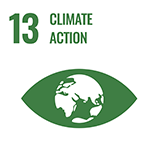
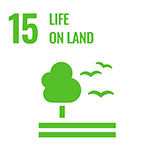
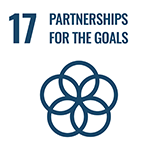
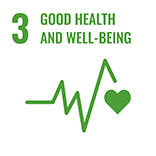
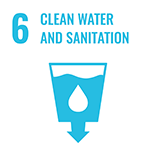
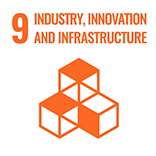
(0) Comments
There is no content